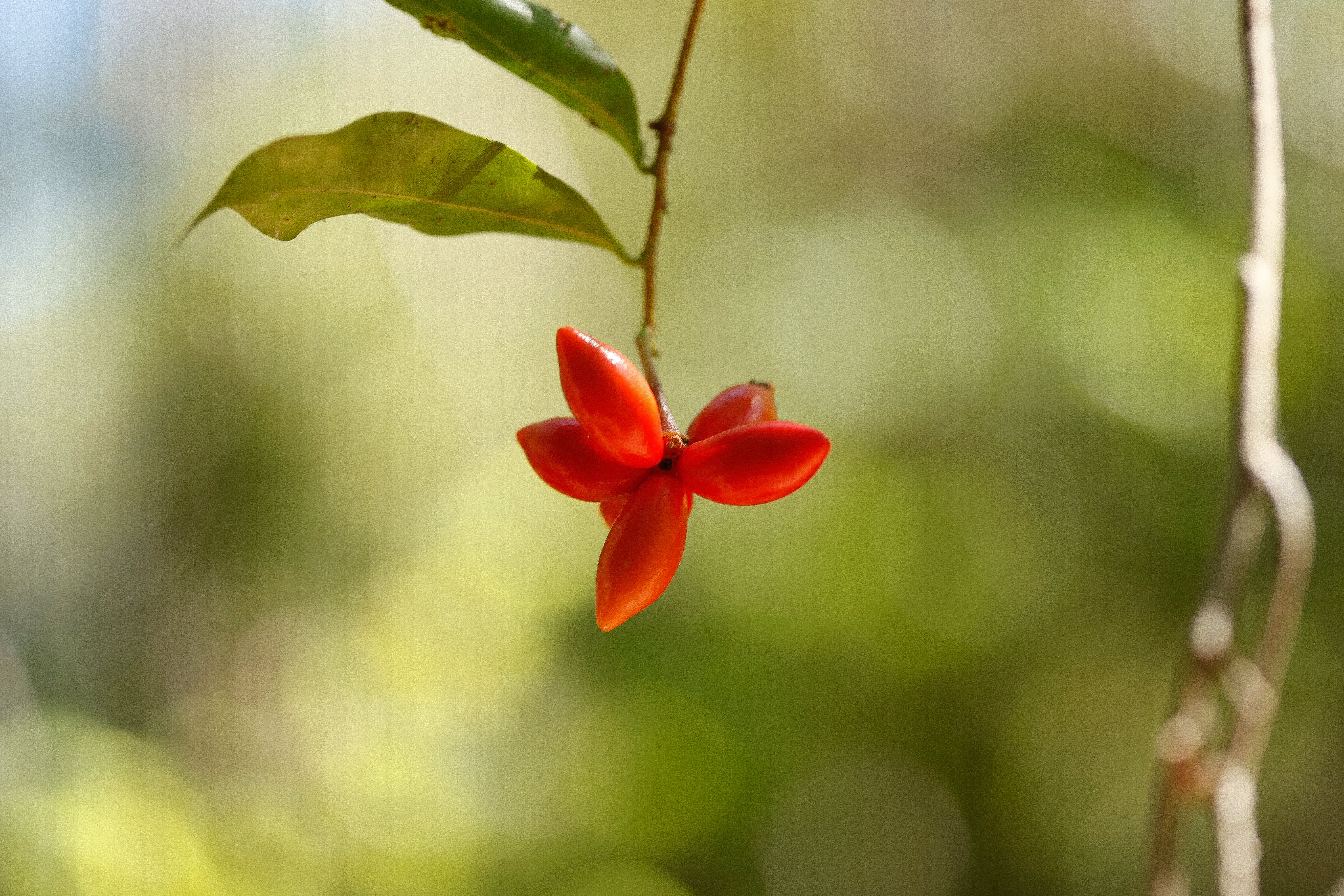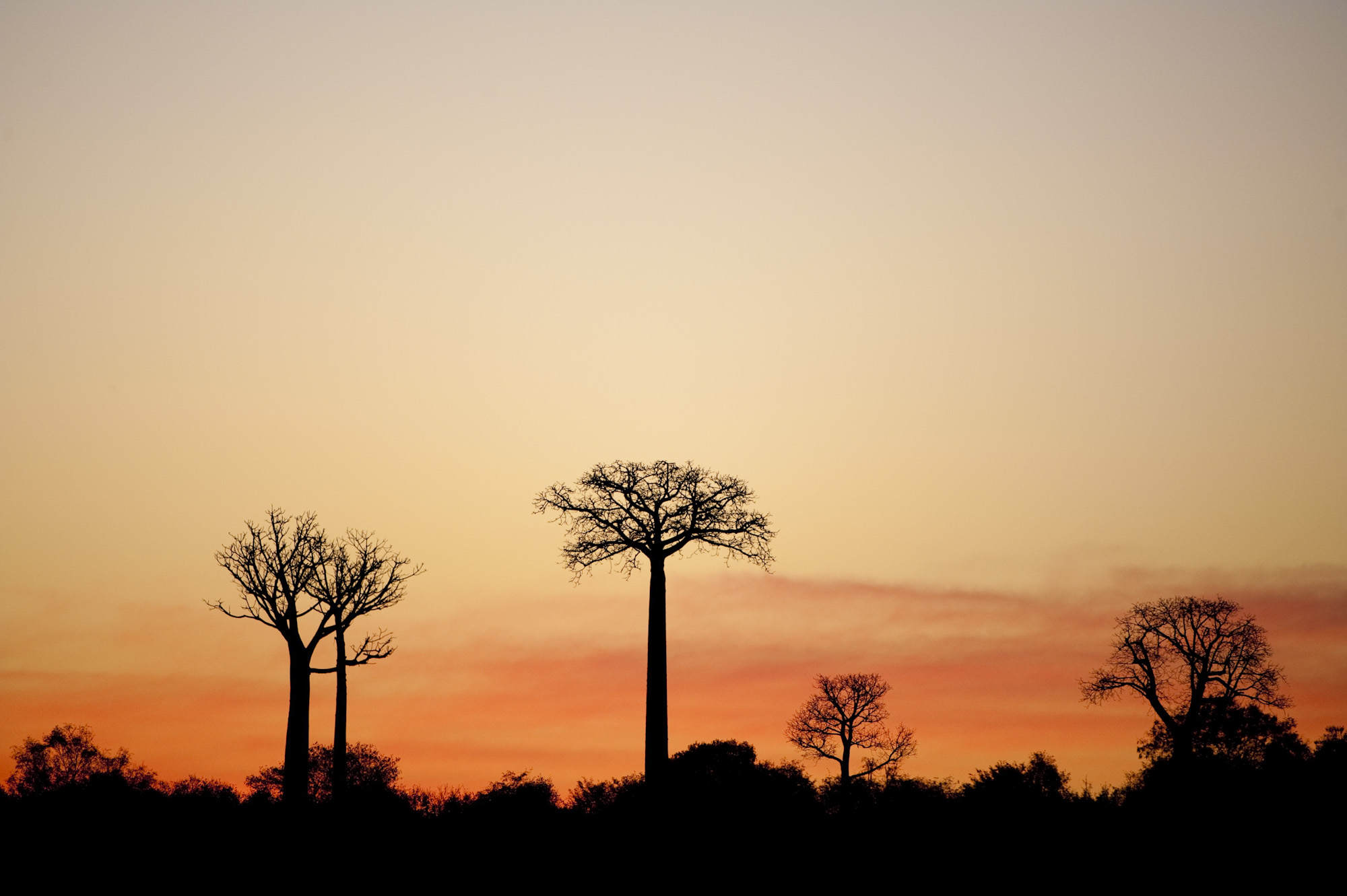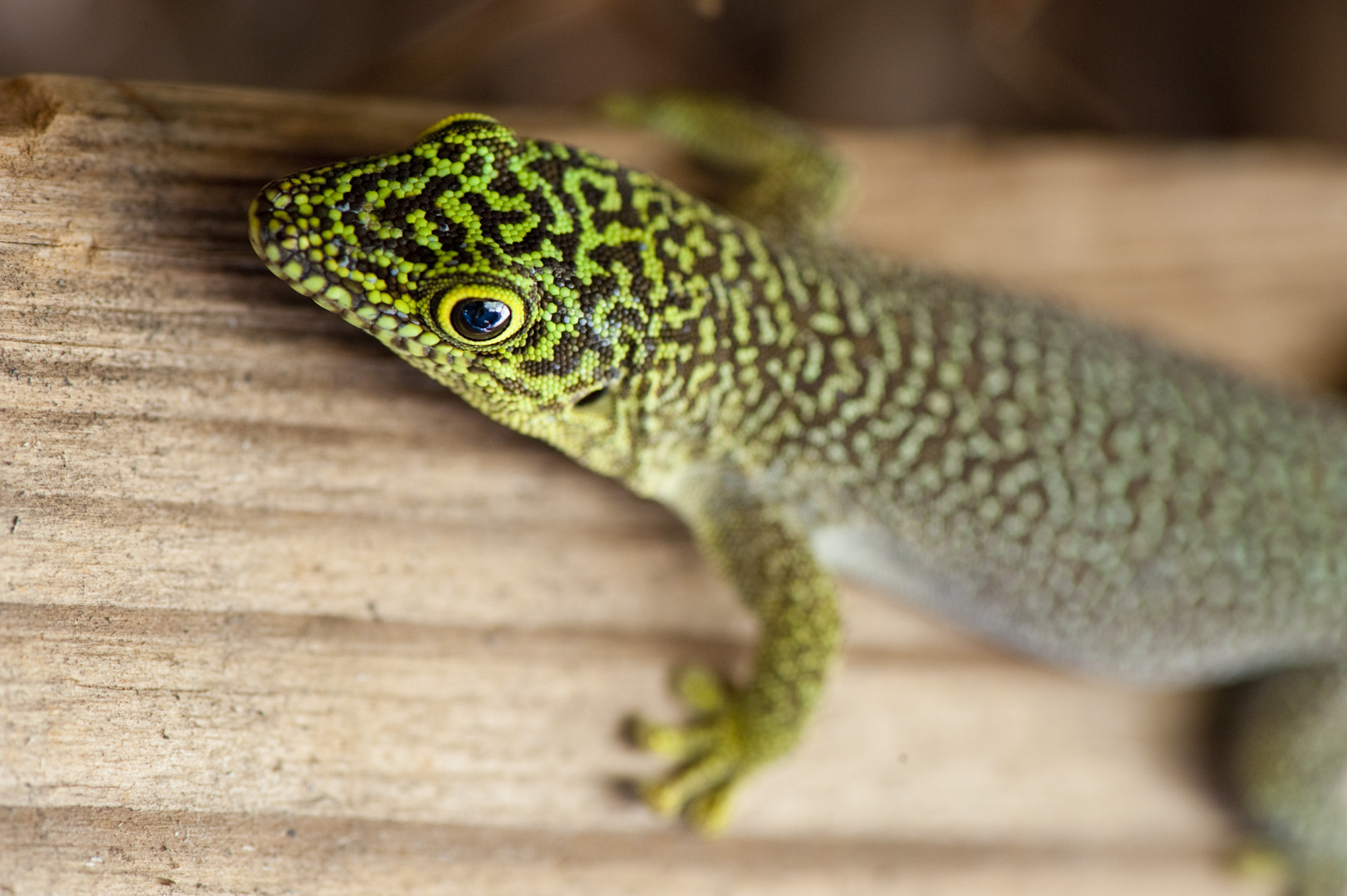
Zombitse Vohibasia
On the plan
VISIT US
Depending on your means of transport :
-
Ground Transportation
- By Road RN 7 from Antananarivo or Toliary
- By Taxi-Brousse daily departing from Parking Fasanikarana in Antananarivo, approx. 800km and Parking Sanfily in Toliary, approx. 150km
-
Maritime transport
None
-
Air transport
By plane:
- Scheduled Air Madagascar flight to Toliara,
- then transfer by car (private or bush cab) to the Park over a distance of 152 km for about 3 hours,
- passing through Sakaraha 135km away.
-
Ideal period
Open all year round, during the rainy season (December to March) for flower watching, and at dawn for birdwatching.
-
Available activities
- Hiking,
- Wildlife watching,
- Guided tours
-
Reception infrastructures
Recreation area at Ambakitany
-
Fees and charges
Download the reference document to find out more about park fees and charges.
-
Advisory equipment
- Bring a bottle of water
- a hat
-
Code of conduct
Local taboos: pork and goat meat
The circuits
| Tours | Summary | Difficulty | Duration | Tour plans |
|---|---|---|---|---|
| Mandresy | On a loop, discover Lemurs, Baobab, Birds, Reptiles |
2h and distance of 2,200m |
||
| Ritikala | Discover Reptiles and Birds, including Appert's Bulbul (a local endemic bird). |
1h and distance of 800 m. |
||
| Lobo | A looping tour of endemic flora, birds and reptiles. |
2 hours 30 minutes and a distance of 2,227 m. |
||
| Velomihanto | Discover orchids, endemic flora and reptiles. |
30 minutes and 750m distance |
||
| Vakaka | A loop through a gallery forest with the local endemic species Ravenea rivularis (Vakaka), introduces visitors to the intermediate-type flora of FDS, with sightings of Eulemur rufifrons. |
|||
| Vohimena | A loop, characterized by a landscape of unusual geological formations, with diverse morphology, observation of Lemur catta, bats, Bara-Zafimanely tomb... |





